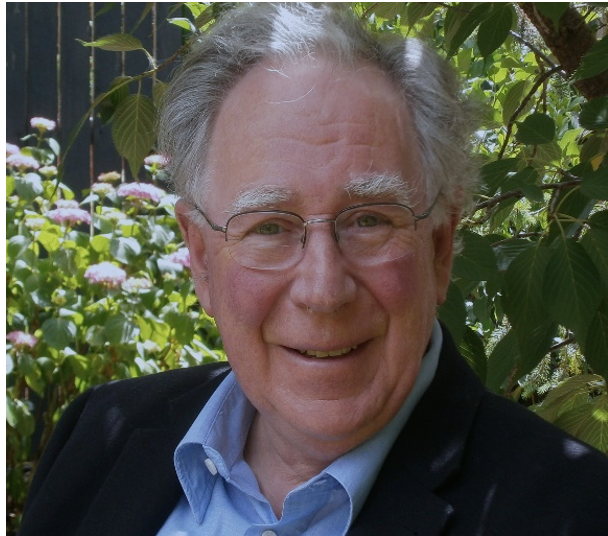Paul Collins. Where, O death is now thy sting?
March 23, 2016
If I had a say in who were made saints there are three people Id immediately nominate, and two of them are not Catholics! My first choice would be Dorothy Day and, thank God, she has begun the slow process to sainthood. The other two are John Wesley (1707-88) and Charles Wesley (1703-91), the founders of Methodism.
A truly Christian man, John Wesley set out in 1738 to evangelize ordinary working people who were largely abandoned by the established church. For fifty years he travelled all over England on horseback, riding up to 5000 miles annually, preaching thousands of sermons, often three a day, to enormous crowds. When churches were closed to him, he preached, like Jesus, in the fields. His brother Charles was the greatest hymn writer in the English language. We still use many of his hymns today.
One of his finest is Christ the Lord is Risen Today. The hymn originally had eleven stanzas, but was without the Alleluias we use. The verse I love most reads:
Lives again our glorious king,
Where, O death is now thy sting?
Dying once, he all doth save,
Where thy victory, O grave?
For me this expresses the core of Christianity, the total victory of life over death. Where, O death is now thy sting?…Where thy victory, O grave? The Preface for the Requiem Mass expresses it succinctly, Lord for your faithful people life is changed, not ended. As a priest I found it easy to preach on Good Friday for the events of Jesus death are so dramatic and within our range of experience: a good man killed because it suited the politico-religious establishment. We know about political prisoners, torture and murder.
But the Resurrection is different. Here we deal with something beyond our experience, and I never found it easy to preach on Easter Sunday. As I often do I turned to Gerard Manley Hopkins. He has a poem That Nature is a Heraclitean Fire and of the comfort of the Resurrection.
This complex sonnet was written in July 1888, just eleven months before he died aged 45. Depressed by his surroundings in Dublin, he goes out on a blustery, midsummer day and recaptures his love of nature. He describes the cloudscapes calling them heaven-roysters. He feels the bright wind boisterous which dries the mud from yestertempest.
Then he remembers Heraclitus with his vision of nature as a constant fire, a ceaseless conflict of opposites, flux and change; nothing is permanent and the only certainty is death. In this context humankind is in an enormous dark / drowned as million-fueld, / natures bonfire burns on. Death blots back out, he says and vastness blurs and time / beats level. His initial joy seems overcome by death.
But then he stops himself. Enough! The ResurrectionAway griefs gasping / joyless days, dejection. He realizes that it is the way of nature that everything must die, as Christ died on the cross in order to be transformed by resurrection. Death is the process through which all creation passes. Flesh fade and mortal trash Fall to the residuary worm; worlds wildfire leave but ash.
But in the resurrection all is transformed:
In a flash, at a trumpet crash,
I am all at once what Christ is, / since he was what I am, and
This Jack, joke, poor potsherd, patch, matchwood, immortal diamond,
Is immortal diamond.
The image of a diamond suggests something that fire cant destroy. The diamonds structure is hard, permanent and lasting. And that, Hopkins says, is what we are. Since he (Christ) was what I am, so this Jack, joke, poor potsherd can become what Christ is truly alive. This is his hope.
I think that hope is more significant than faith and love. Hope is rooted in imagination, in the ability to grasp other possibilities, to conceive of other options. It helps us escape a monochrome, paranoid world. While we all have imagination, we need the artist to give it expression. As Shakespeare says in A Midsummer Nights Dream:
And as imagination bodes forth
The forms of things unknown, the poets pen
Turns them into shapes, and gives to airy nothing
A local habitation and a name.
That is what Charles Wesley does. In simple and evocative language he gives the resurrection a local habitation and a name. Where, O death is now thy sting? Life triumphs over death.
